Face Color in TCM
Nov 1, 2020
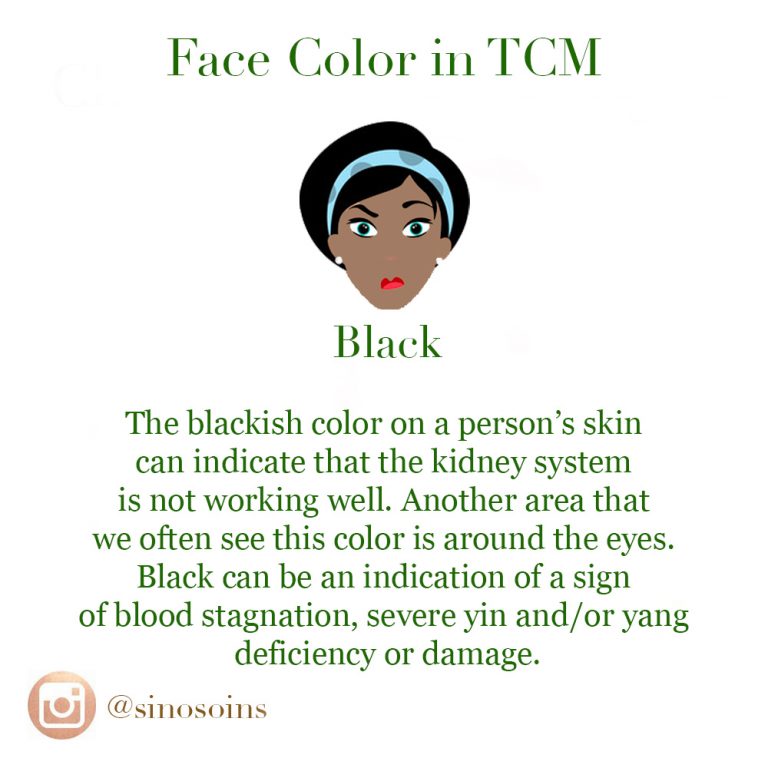
Black
The blackish color on a person’s skin can indicate that the kidney system is not working well. Another area that we often see this color is around the eyes. Black can be an indication of a sign of blood stagnation, severe yin and/or yang deficiency or damage.
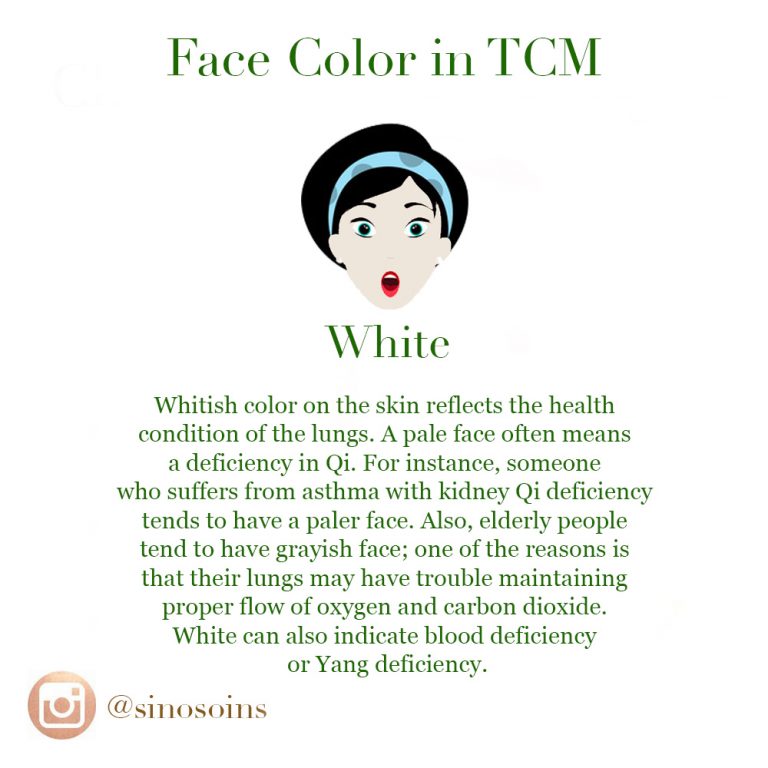
White
Whitish color on the skin reflects the health condition of the lungs. A pale face often means a deficiency in Qi. For instance, someone who suffers from asthma with kidney Qi deficiency tends to have a paler face. Also, elderly people tend to have grayish face; one of the reasons is that their lungs may have trouble maintaining proper flow of oxygen and carbon dioxide. White can also indicate blood deficiency or Yang deficiency.
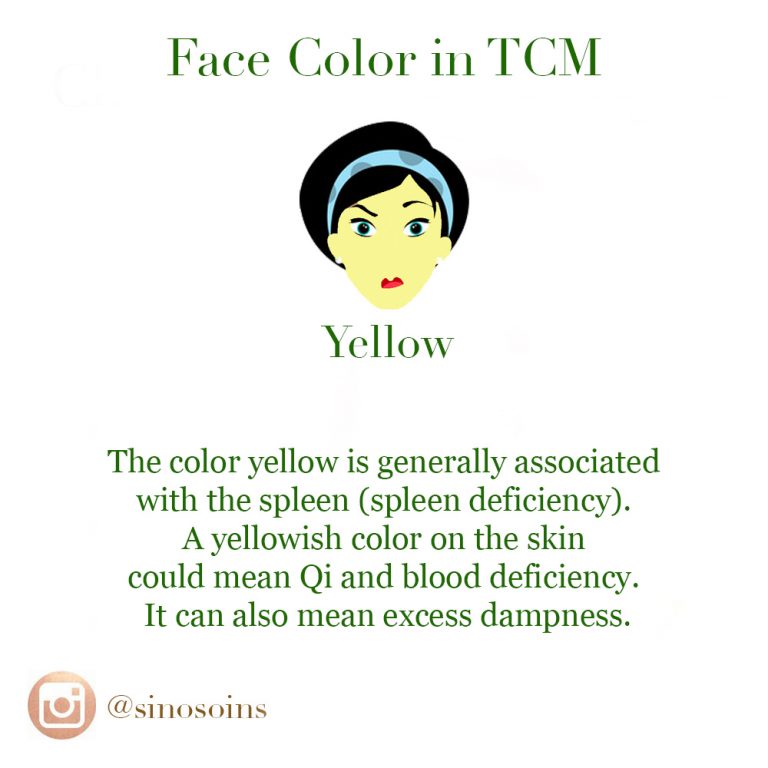
Yellow
The color yellow is generally associated with the spleen (spleen deficiency). A yellowish color on the skin could mean Qi and blood deficiency. It can also mean excess dampness.
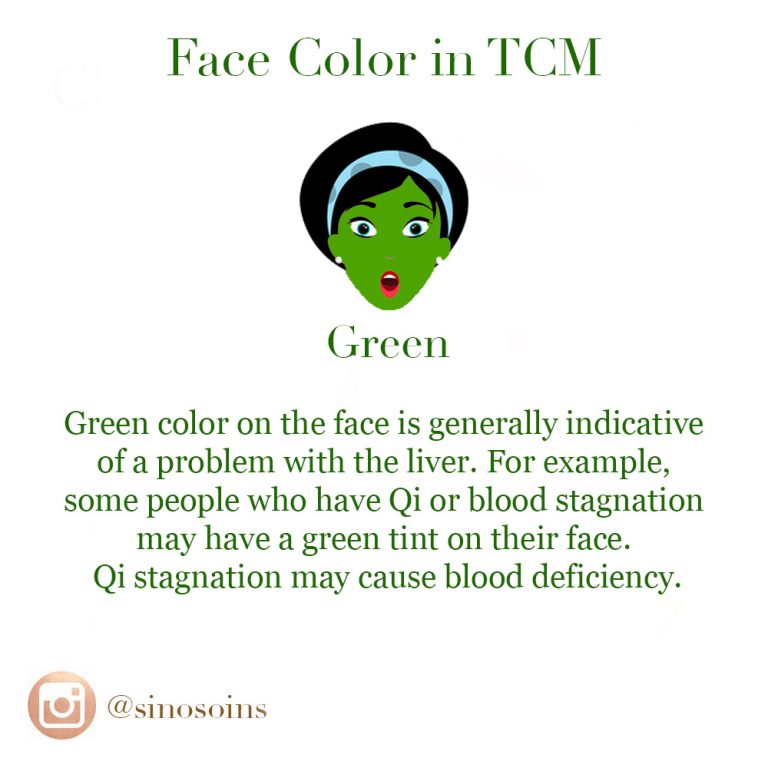
Green
Green color on the face is generally indicative of a problem with the liver. For example, some people who have Qi or blood stagnation may have a green tint on their face. Qi stagnation may cause blood deficiency.
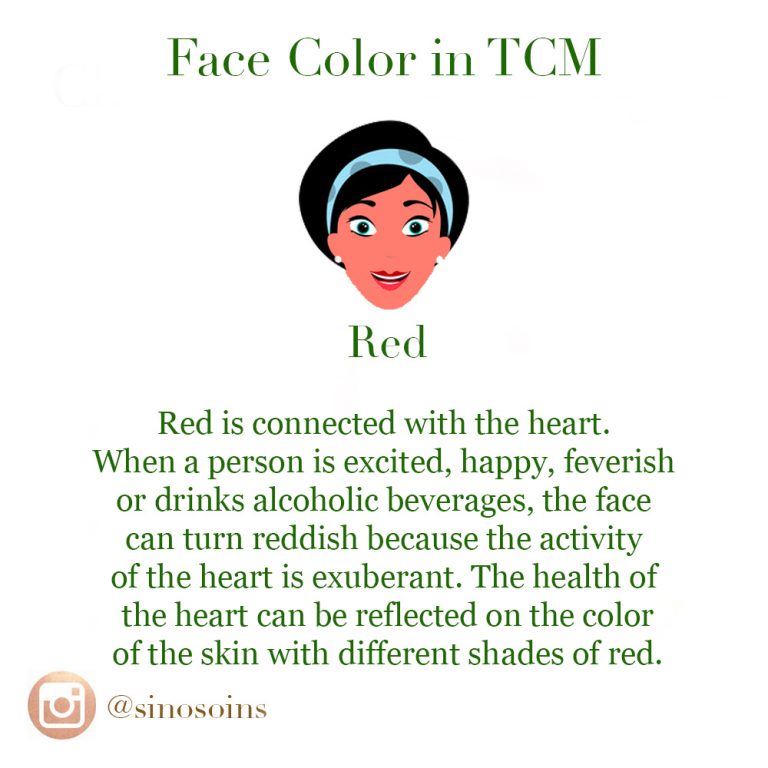
Red
Red is connected with the heart. When a person is excited, happy, feverish or drinks alcoholic beverages, the face can turn reddish because the activity of the heart is exuberant. The health of the heart can be reflected on the color of the skin with different shades of red.
Note: The skin color description above is to give an idea how Traditional Chinese Medicine works and it’s for education purpose, thus it is important not to self-diagnose. Only a doctor or practitioner specializing in Traditional Chinese Medicine will be able to give a full health report of your condition based on the observations.
